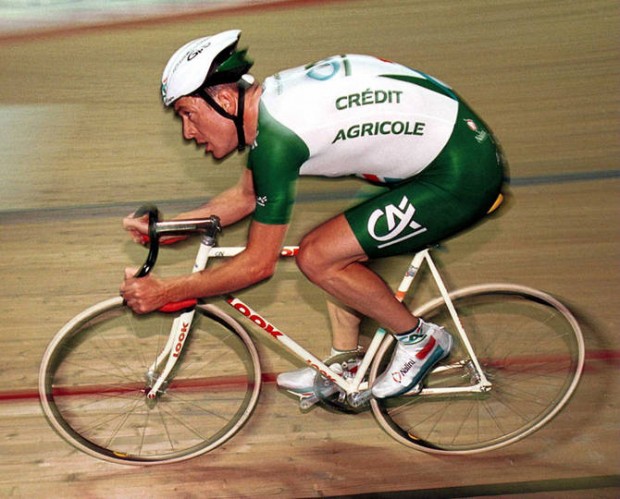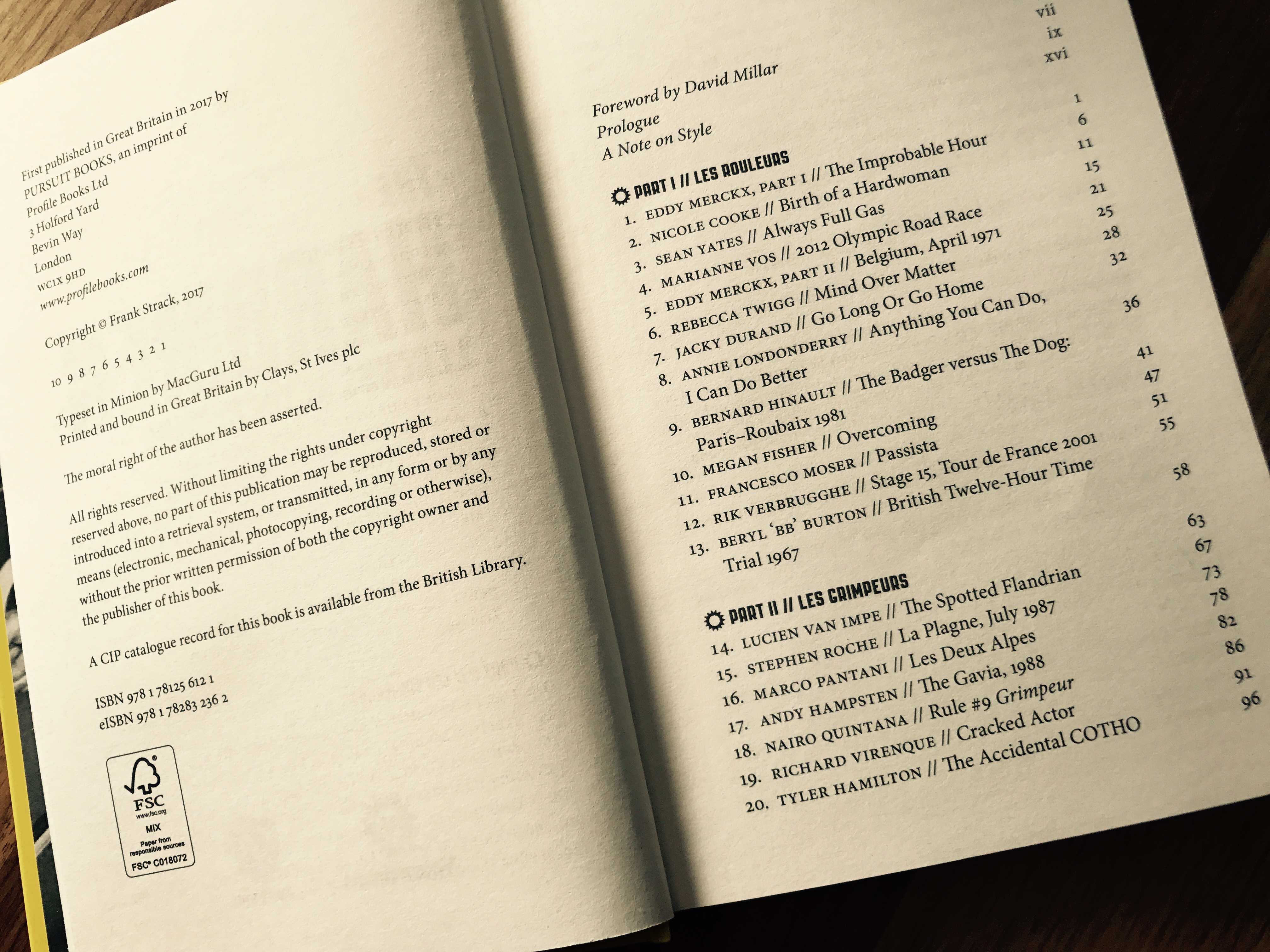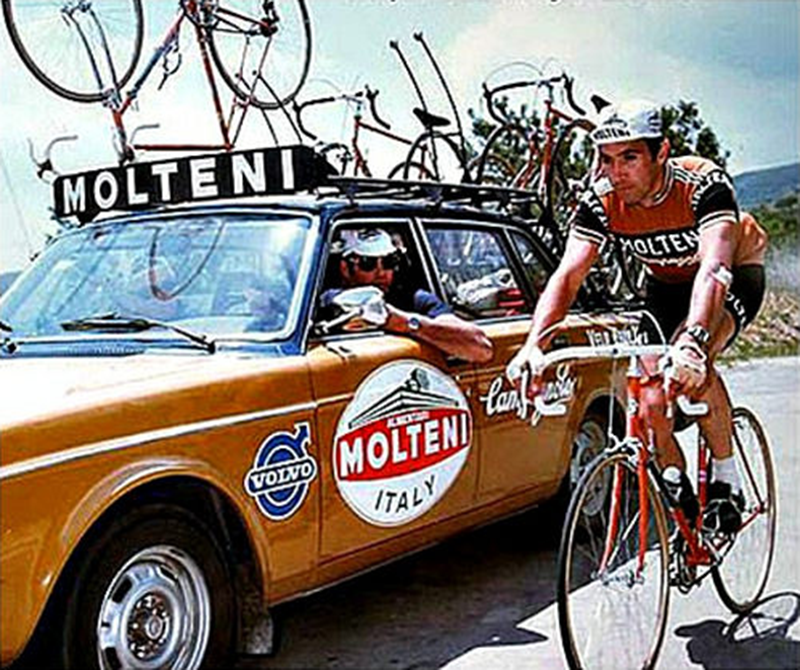Imprecise Precision: L’Heure

Why would any sane person choose to suffer? The answer to this question is a primal one and of particular relevance to society in the current age: control. With chaos and uncertainty creeping from every corner of life, cycling provides us with control over physical suffering; to suffer at our own will provides us the control we viscerally crave. This control then provides us the courage to face uncertainty in life with the confidence that we can handle anything it can throw at us.
There is no challenge within Cycling which more comprehensively embodies this notion than The Hour Record, which represents the only event that pits the rider not against a course, but against Time itself; how far can the rider propel themselves in the span of sixty minutes while also suppressing their nausea as they turn left endlessly?
The cruelty is hard to grasp. As cyclists we suffer, but our suffering is normally proportional to it’s intensity – certainly it hurts to ride harder, but the harder we ride, the sooner the pain will subside. In the Hour, the duration of the suffering is uniform: the effort will last 60 minutes and no amount of increased suffering will shorten it, unless, of course, you believe Al Einstein’s Special Theory of Relativity, which states that for a body moving at speed, time moves relatively slower than it does for a body at rest. According to Al, then, the rider will experience a marginally reduced Hour measured not by a clock moving with the rider, but by a clock sitting at rest at the side of the track. (While this amount of time is mathematically negligible, it does explain why intervals on the trainer feel comparatively more interminable than intervals on the road.)
Eddy Merckx himself made the following observation after setting the benchmark effort of 49,431 meters in 1972:
The pain was very, very, very significant. There is no comparison with a time trial. There you can change gear, change your cadence, relax even if it is only for a few instants’ respite. The Hour is a permanent, total, intense effort, which can’t be compared to anything else.1
Knowing that the Prophet’s bunkmate was The Man With the Hammer, the triple use of the word “very” is somewhat panic-inducing.
In recent years, the Hour Record has sadly seen a decline in interest, with the last attempt by world-class rider having been made by Chris Boardman in 2000. Boardman was at the center of the Hour’s Golden Era in the early Nineties which saw Graeme Obree kick off a frenzy of attempts to raise it ever higher by first breaking the record in his innovative tuck position as an amateur in 1993. Boardman broke it a few months later, before Obree reclaimed it in his even-more radical Super-Man position. This was a period where Boardman, Obree, Miguel Indurain, and Tony Rominger all traded the record for the better part of a decade, each going ever-farther in evermore innovative riding positions.
The UCI put a halt to the interest in this record by establishing two records, the (Athlete’s) Hour Record and The Best Human Effort. The Hour restricts the equipment to that of a standard double-triangle frame with drop bars, while the Best Human Effort has no such restriction. While the intent was to establish a more equal judgement of the athlete instead of the focus on equipment, it misses the point that advancement, evolution, and innovation are all basic elements of what it means to be Human, and by eliminating these elements from The Hour, they eliminated the appeal in what is our sport’s most primal effort. After all, there were few riders willing to go head to head with Merckx in his time, and so there are few who are willing to do so today.
Chris Boardman stands apart in this regard and indeed went after the new record, which he broke by a whopping 10 meters3. Over the course of his career, he set the record three times, which makes him possibly both the toughest and slowest-learning human currently living; even Merckx declared he would never attempt the Hour a second time, despite having fallen short of his personal goal of 50,000 meters. Boardman describes the Hour in simple, physiological terms: with every push of the pedals, you break down the fibers in your muscles such that for each subsequent revolution, you have a little less functional muscle mass available to sustain your current speed and power through to the end. In a word, devastation. It is not the sort of thing one attempts more than one needs to.
To gauge an effort of this type is perhaps the most pure description of The V; you ride not as hard as you know you can, but as hard as you hope you might. Boardman, on the Hour Record:
You have three questions going through your mind:
How far to go?
How hard am I trying?
Is the pace sustainable for that distance?
If the answer is “yes”, that means you’re not trying hard enough. If it’s no, it’s too late to do anything about it. You’re looking for the answer “maybe”.2
Despite all the training, preparation, and technical advancement that goes into any attempt on l’Heure, it remains a matter of the Human element, one of imprecise precision.
1,2 These quotes are taken from William Fotheringham‘s biography of Eddy Merckx, Merckx, Half Man, Half Bike.
3 It has been broken since by other, lower-profile riders since.

